Bangkok's Cultural Treasures Unveiled
Explore Bangkok's rich heritage on this free walking tour, from sacred temples to vibrant markets, each revealing a piece of Thailand's soul.
Time
3 Hours
Stops
9 Places
Distance
4.8 km
Wat Phra Kaew (Temple of the Emerald Buddha)
Known as the most sacred Buddhist temple in Thailand, Wat Phra Kaew is situated within the grounds of the Grand Palace and houses the revered Emerald Buddha.
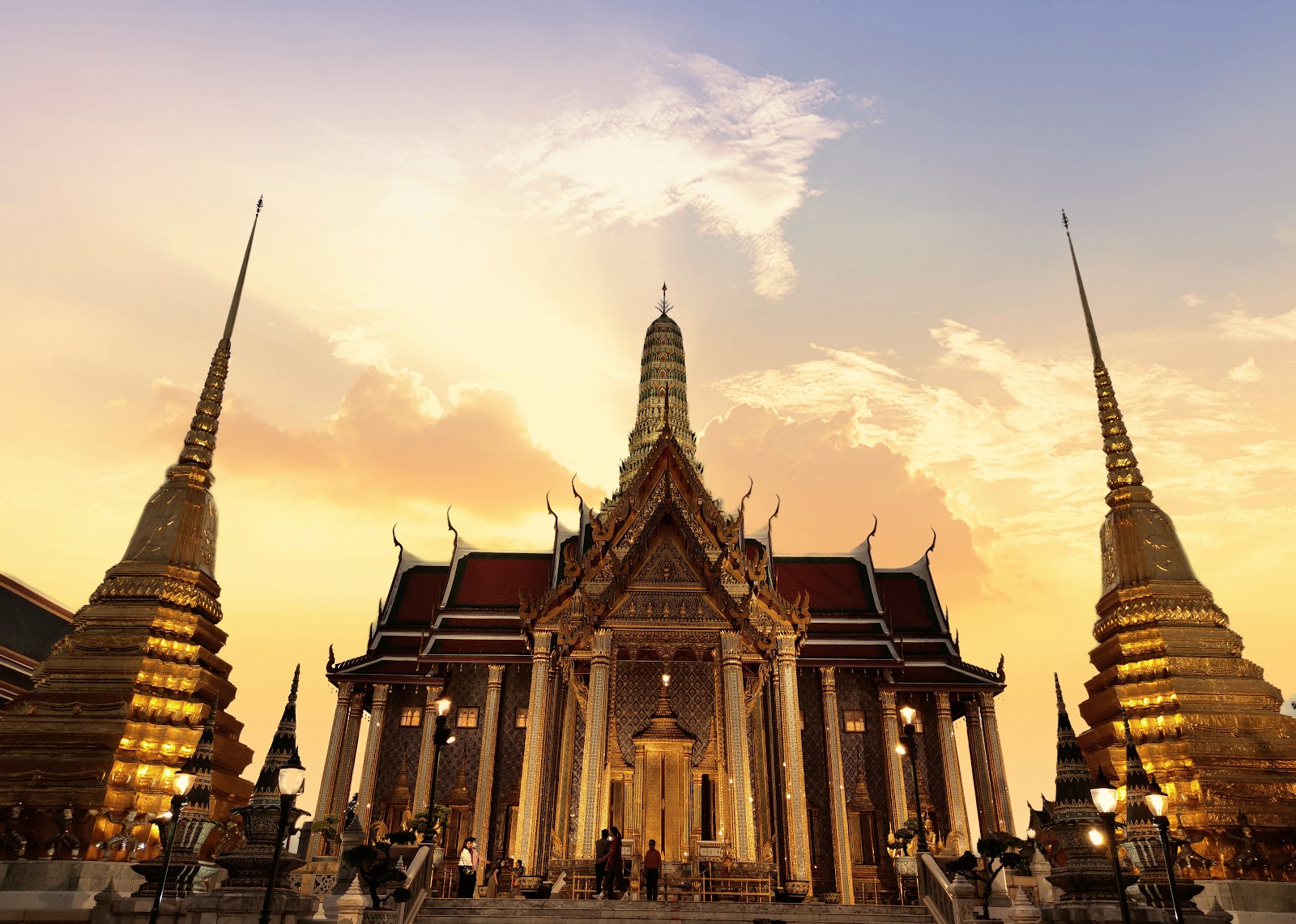
Wat Phra Kaew (Temple of the Emerald Buddha) (Source: Google Maps)
Wat Phra Kaew, or the Temple of the Emerald Buddha, is Thailand's most sacred Buddhist temple, located within the Grand Palace complex. Completed in 1784, it houses the Emerald Buddha, a revered statue carved from a single block of jade. The temple is a masterpiece of Thai architecture, adorned with intricate murals and gold-leaf decorations. It serves as a spiritual center for Thai Buddhism and is the site of important royal ceremonies, including the annual changing of the Emerald Buddha's seasonal robes. Visitors can admire its stunning chedis, grand hall, and the mythical creatures depicted in its intricate designs, reflecting the rich cultural heritage of Thailand.
The Grand Palace
Adjacent to Wat Phra Kaew, the Grand Palace is a complex of stunning buildings that served as the official residence of the Kings of Siam since 1782.
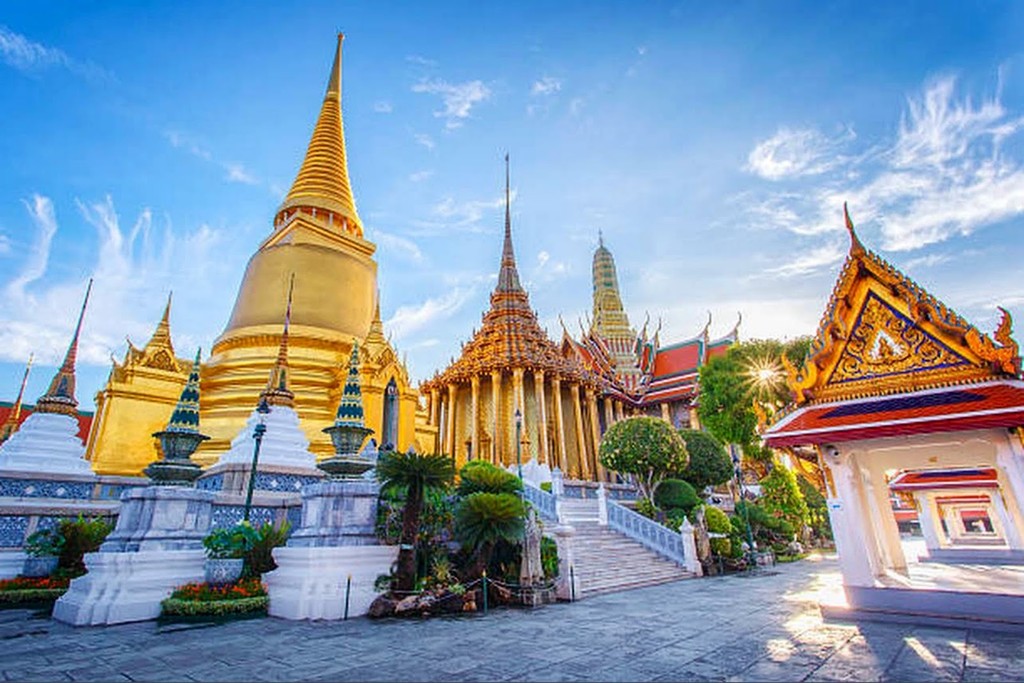
The Grand Palace (Source: Google Maps)
The Grand Palace, established in 1782, has been the official residence of the Kings of Siam for over 150 years. This architectural marvel features a blend of traditional Thai and European styles, showcasing intricate details and ornate decorations. The complex includes several significant structures, such as the Outer Court, Inner Court, and the Emerald Buddha Temple. The palace played a crucial role in Thai history, serving as the administrative and ceremonial heart of the kingdom. Its stunning architecture and historical significance make it a must-see for visitors, as they explore the vibrant history and culture of Thailand.
Wat Arun (Temple of Dawn)
Across the Chao Phraya River from the Museum of Siam, Wat Arun is famed for its stunning riverside location and unique Khmer-style tower.
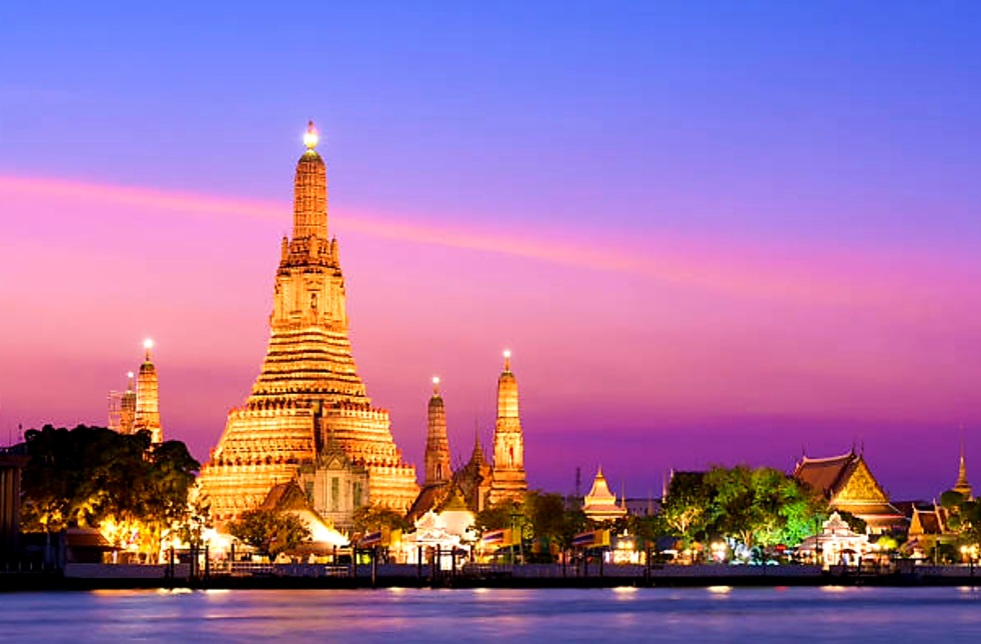
Wat Arun (Temple of Dawn) (Source: Google Maps)
Wat Arun, known as the Temple of Dawn, is one of Bangkok's most iconic landmarks, situated on the western bank of the Chao Phraya River. Its central prang (spire) rises 70 meters high and is adorned with colorful Chinese porcelain, creating a striking visual against the skyline. The temple dates back to the Ayutthaya period and was originally known as Wat Makok. It gained prominence in the 19th century when King Rama II commissioned its restoration. Wat Arun is especially picturesque at sunrise and sunset, attracting photographers and visitors alike. The temple's design symbolizes the mythical Mount Meru, central to Buddhist cosmology, making it a significant spiritual site.
Tha Tien Market
Just a brief walk from Wat Arun, Tha Tien Market is a bustling local market known for fresh produce and traditional Thai street food.
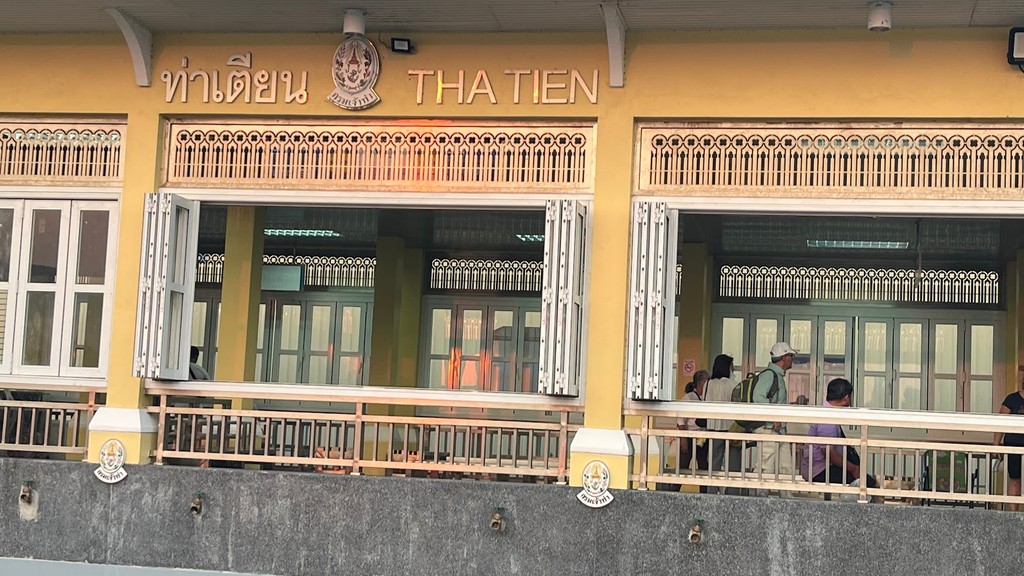
Tha Tien Market (Source: Google Maps)
Tha Tien Market is a bustling local market located near some of Bangkok's most famous temples. Known for its vibrant atmosphere, the market offers a variety of fresh produce, traditional Thai street food, and local handicrafts. It serves as a hub for both locals and tourists, providing a glimpse into the daily life of Bangkok residents. The market is particularly famous for its seafood, fruits, and traditional snacks, making it a perfect spot for food lovers. Visitors can immerse themselves in the local culture, sample delicious delicacies, and enjoy the lively ambiance that characterizes this popular market.
Wat Pho (Temple of the Reclining Buddha)
Just a short walk from the Grand Palace, Wat Pho is famous for its giant reclining Buddha statue and is considered a leading center for traditional Thai massage.
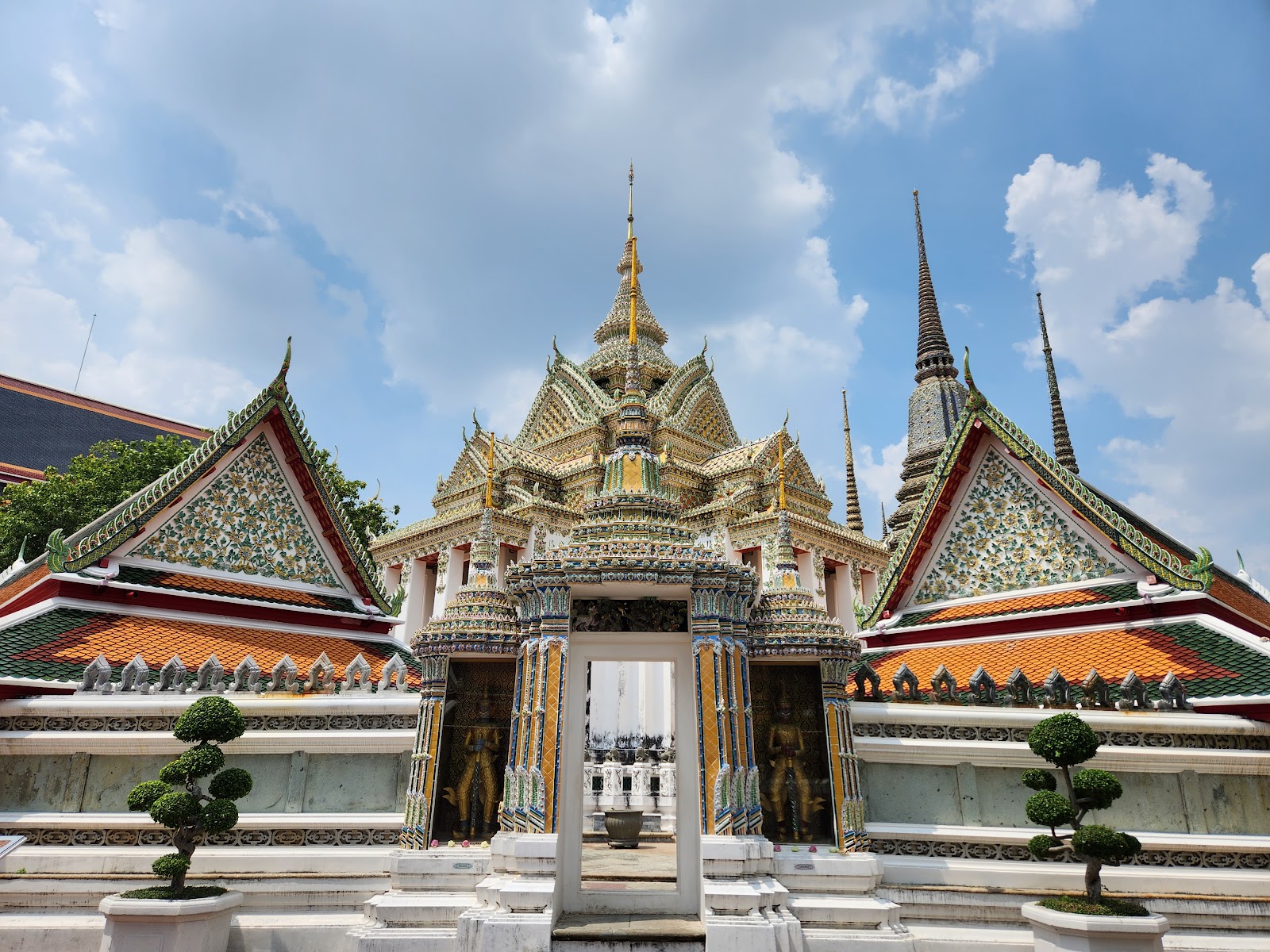
Wat Pho (Temple of the Reclining Buddha) (Source: Google Maps)
Wat Pho, home to the famous Reclining Buddha statue, is one of the oldest and largest temples in Bangkok. The statue measures 46 meters long and 15 meters high, covered in gold leaf, and depicts the Buddha in a state of nirvana. The temple complex is also known as a center for traditional Thai massage and is home to a massage school. Wat Pho is rich in history, dating back to the 16th century, and features numerous chedis, murals, and a library. It is an important pilgrimage site for Buddhists and a fascinating destination for visitors interested in Thai culture and spirituality.
Museum of Siam
Located a short distance south of Wat Pho, the Museum of Siam offers interactive exhibits that explore the history and identity of the Thai people.
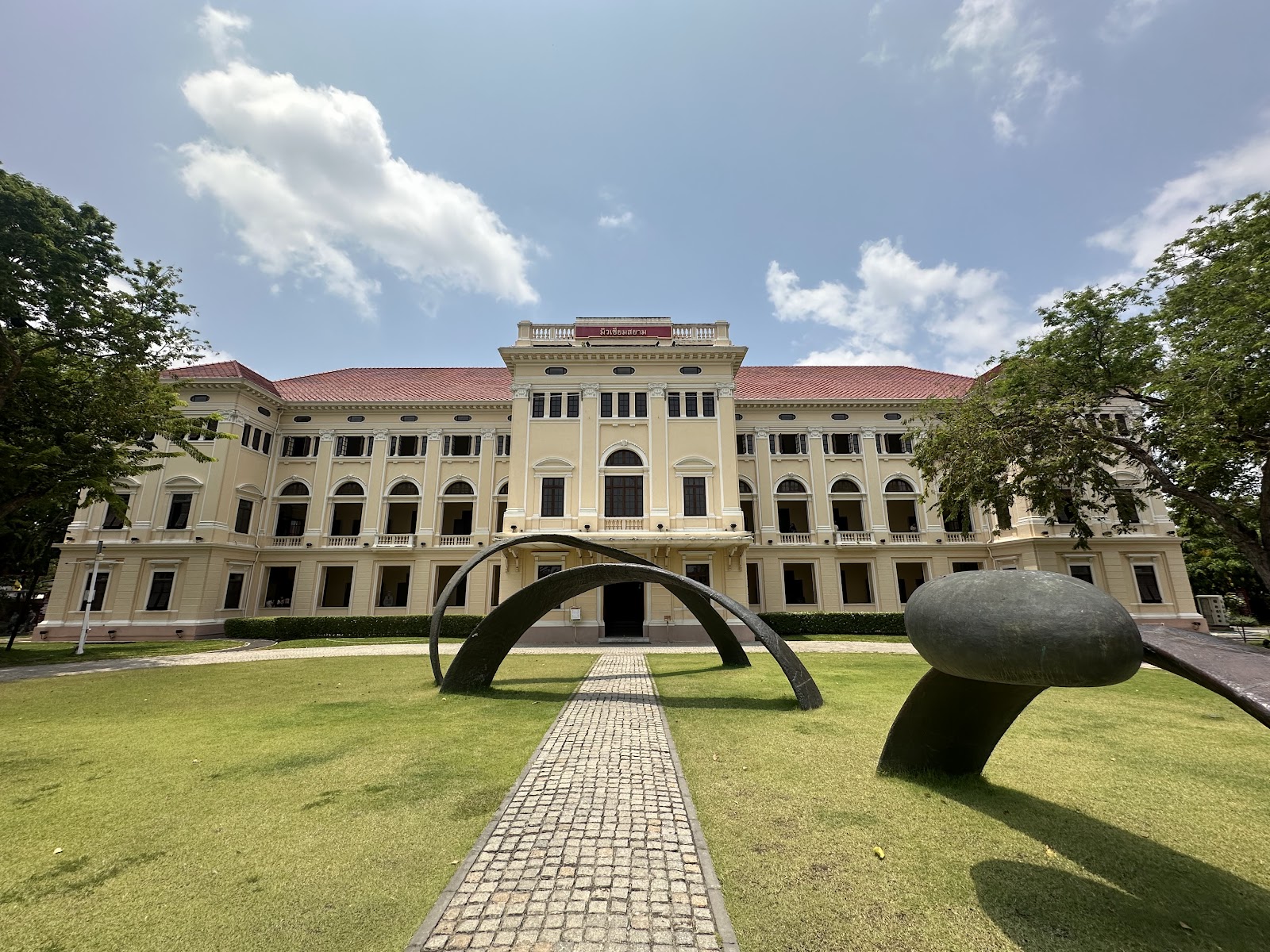
Museum of Siam (Source: Google Maps)
The Museum of Siam is an interactive cultural institution that explores the history and identity of Thailand. Located in a former customs house, the museum showcases a variety of exhibits that engage visitors with the rich heritage and evolution of Thai society. Through multimedia displays and artifacts, the museum highlights key historical events, cultural practices, and the influences that have shaped modern Thailand. It serves as a bridge connecting the past with the present, making it an essential stop for those seeking to understand the complexities of Thai identity. The museum also hosts temporary exhibitions and educational programs.
Pak Khlong Talat (Flower Market)
A pleasant walk from Tha Tien Market, Pak Khlong Talat is Bangkok's largest wholesale and retail fresh flower market, offering a vibrant and aromatic experience.
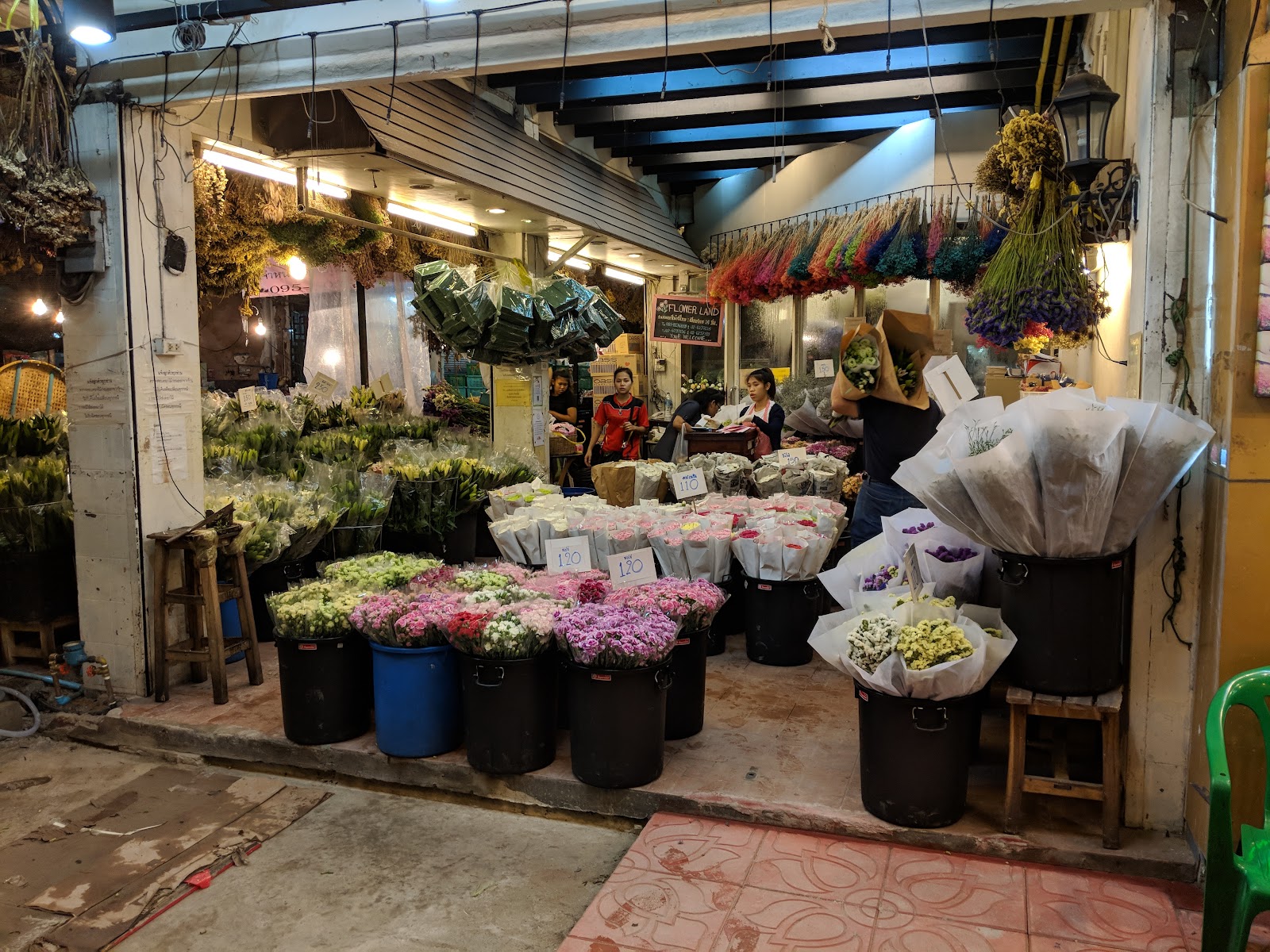
Pak Khlong Talat (Flower Market) (Source: Google Maps)
Pak Khlong Talat, Bangkok's largest wholesale flower market, is a vibrant hub of floral activity. Open 24 hours, the market is especially lively in the early morning when vendors arrive with fresh flowers from across Thailand. Visitors can explore a stunning array of blooms, including orchids, roses, and marigolds, often displayed in elaborate arrangements. The market is not only a feast for the eyes but also offers a sensory experience with its fragrant atmosphere. It plays a crucial role in the local economy, supplying flowers for temples, weddings, and festivals. Pak Khlong Talat is a must-visit for flower enthusiasts and anyone interested in the local culture.
Wat Suthat
Moving slightly north, Wat Suthat is renowned for its elegant chapel and the towering red Giant Swing in front of the temple.
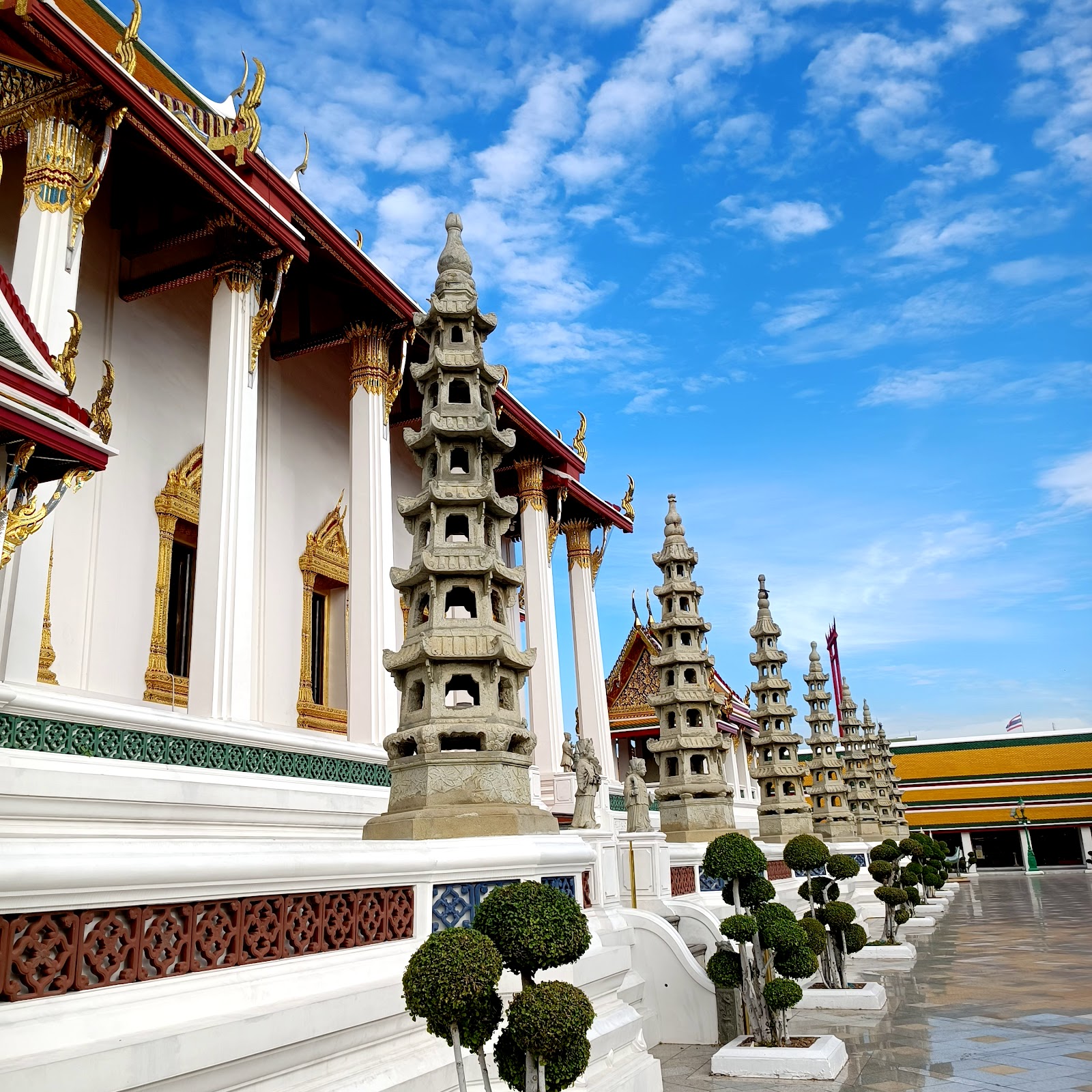
Wat Suthat (Source: Google Maps)
Wat Suthat, one of Bangkok's oldest temples, is renowned for its impressive architecture and the towering Giant Swing located in front of it. Built during the reign of King Rama I, the temple features a beautifully decorated main chapel, which houses a large seated Buddha statue. The temple's design exemplifies traditional Thai architecture, with intricate stucco work and murals depicting Buddhist teachings. The Giant Swing, originally used in a Brahmin ceremony, stands 27 meters high and is an iconic symbol of the temple. Wat Suthat is not only a place of worship but also a significant cultural landmark, attracting visitors interested in Thai history and spirituality.
Democracy Monument
Concluding the tour, the Democracy Monument commemorates the 1932 Siamese coup d'état and is a significant symbol of Thailand's transition to a constitutional monarchy.
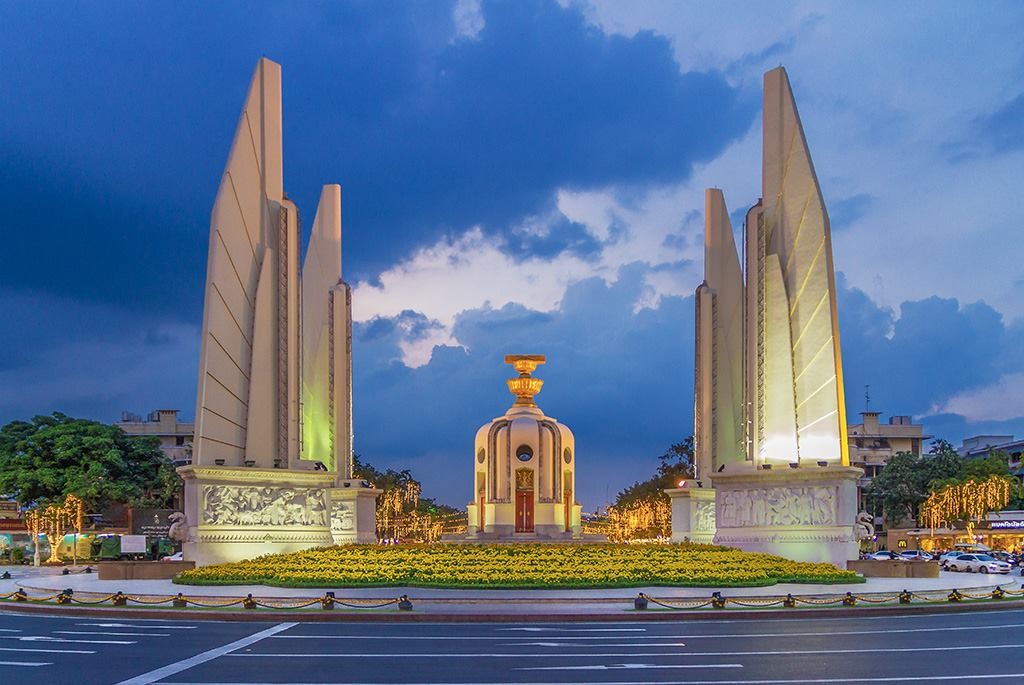
Democracy Monument (Source: Google Maps)
The Democracy Monument is a prominent landmark in Bangkok, commemorating the 1932 Siamese coup d'état that transformed Thailand from an absolute monarchy to a constitutional monarchy. Designed by Thai architect Chao Phraya Thammasak, the monument features a large central structure flanked by four wings, symbolizing the four pillars of democracy: nationalism, religion, monarchy, and the people. The monument serves as a site for various political gatherings and protests, reflecting its ongoing significance in Thai society. Its location at the intersection of Ratchadamnoen Avenue makes it a focal point for visitors looking to understand Thailand's political history and the evolution of its democratic ideals.

Your travels, your rules.
Create your own Free Walking Tours.
Set your preferences, distances and anything you want to do or see.
Completely free, no payment required.